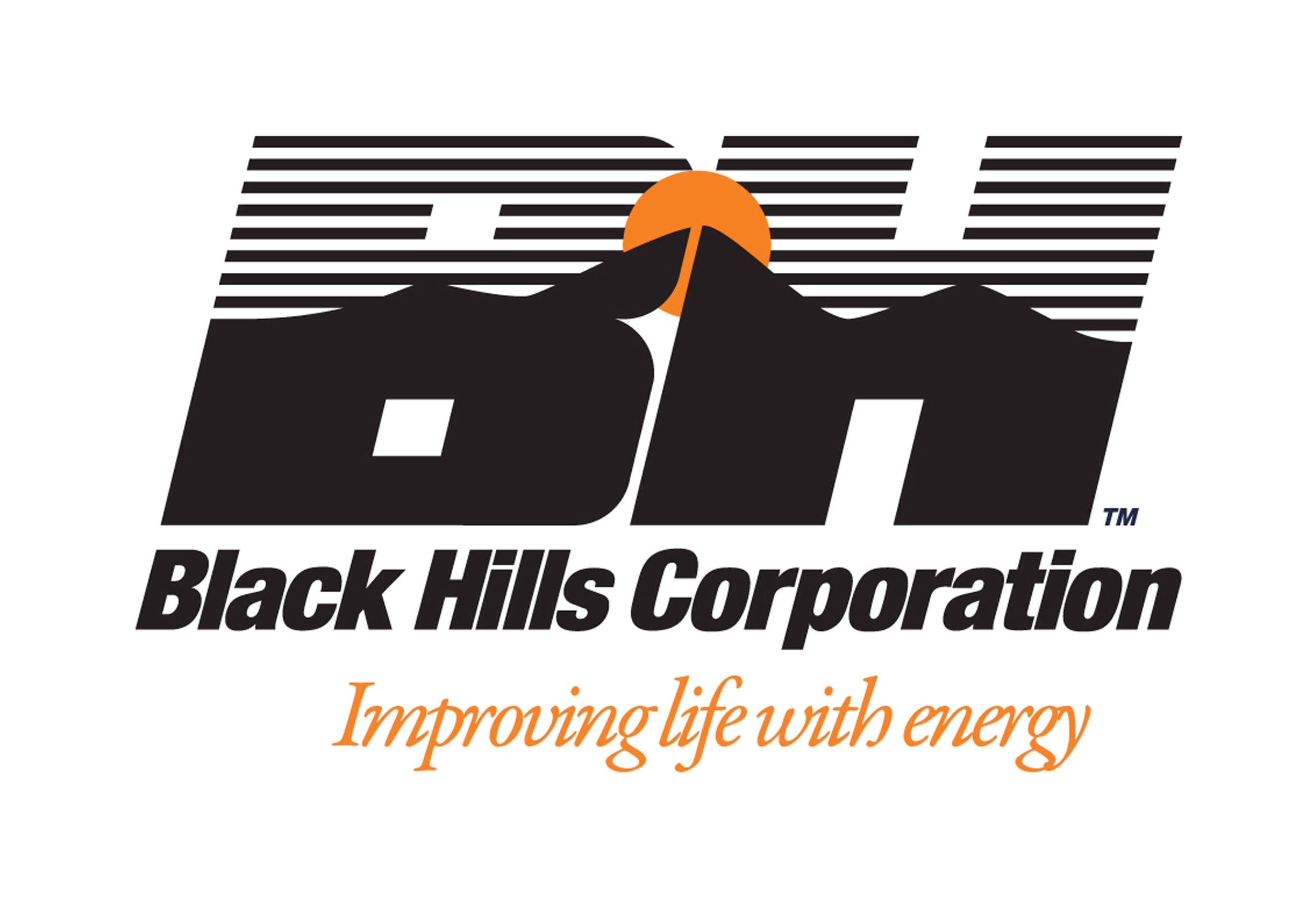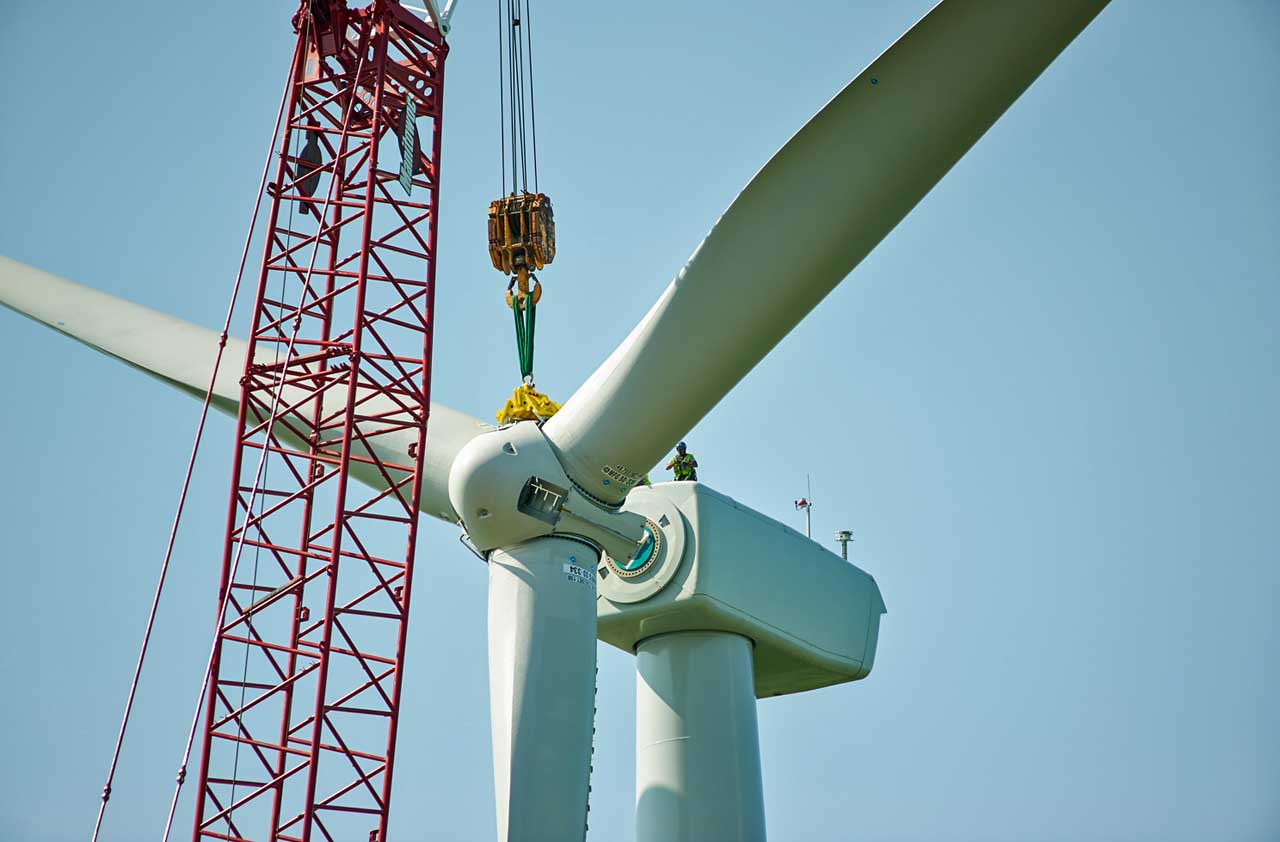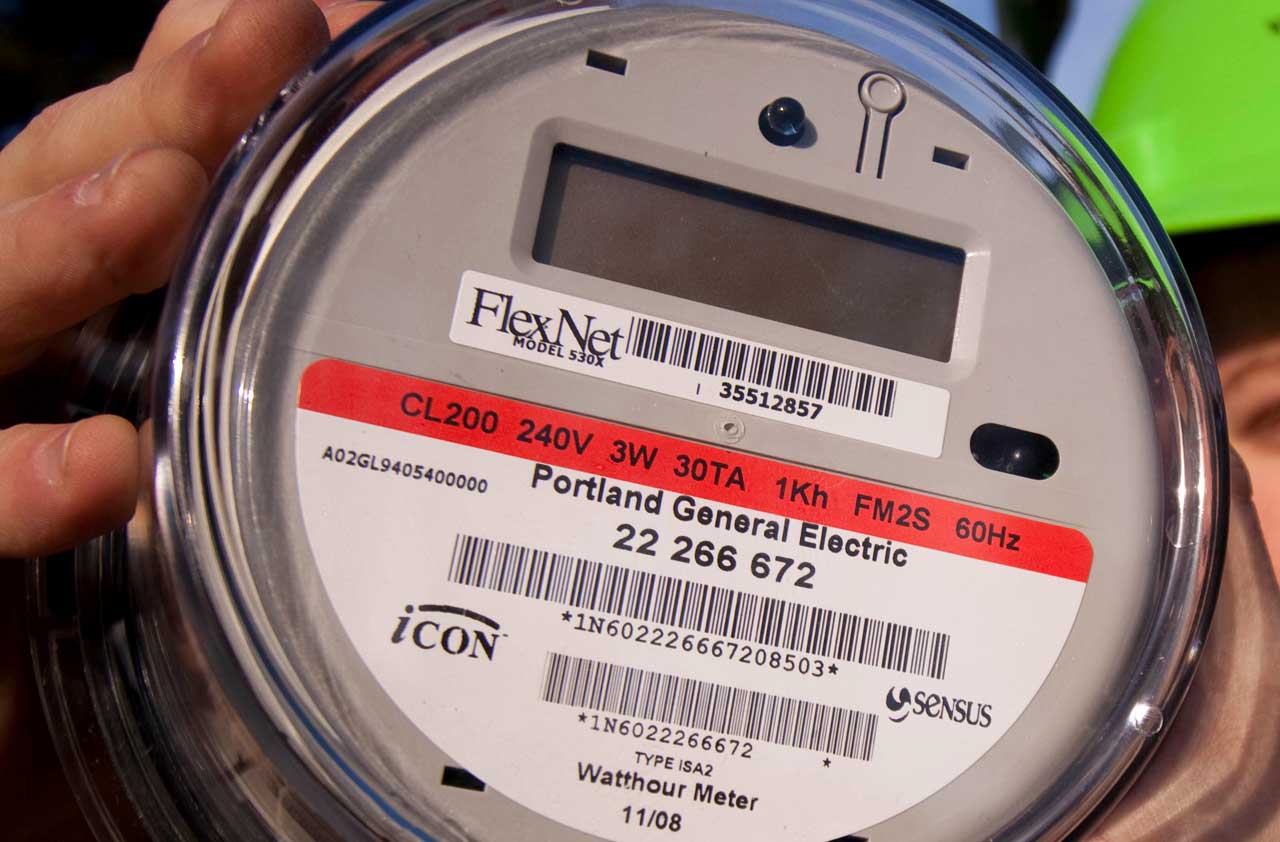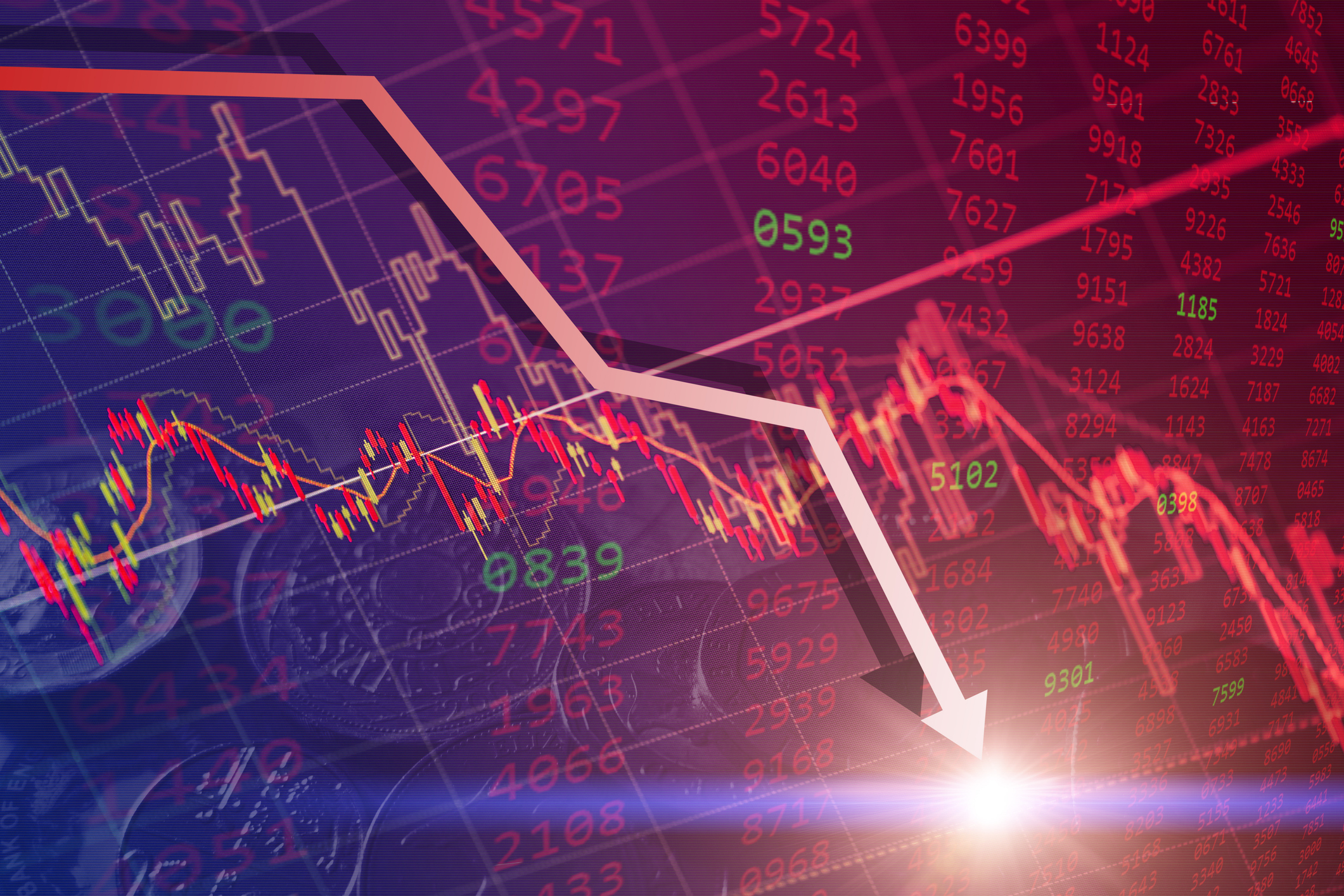7 Good Utility Stocks Paying Steady Dividends
Utility stocks, best-known as safe havens for dividend-conscious retirees, have been on a tear.


Utility stocks, best-known as safe havens for dividend-conscious retirees, have been on a tear. In the year’s first three months, the Dow Jones utility average returned 16.7% (including dividends), making it the quarter’s third-best performing asset category, behind only lean hogs (35.2%) and gold (16.5%).
But the surge in utility shares means many of the stocks are now richly valued and vulnerable to a broad market correction or to a rise in interest rates. The average utility in Standard & Poor’s 500-stock index trades at 18 times estimated 2016 earnings, compared with an average price-earnings ratio of 16 over the past two years and with 17 for the S&P 500 itself, according to FactSet Research Systems. “Dividends are secure and should grow, but prices could rise and fall sharply in this environment” of ultra-low interest rates and elevated valuations, says Morningstar analyst Travis Miller.
And that means you have to take a careful look at your mission when you invest in this sector, says Katrina Lamb, head of investment strategy and research at MV Financial, a money-management firm in Bethesda, Md. If your primary goal is to generate income, these stocks can still play a role in your portfolio. With yields ranging from 3% to 4%, utility stocks pay about one to two percentage points more than 10-year Treasury bonds.
But if your primary goal is safety, you should approach this sector with caution. Because the stocks owe at least part of their popularity to a dearth of other income options, they could be more vulnerable than normal to a jump in interest rates—or even the threat of rising rates. If the stocks do sell off because of rate fears, says Miller, it could be an opportunity to snap up shares at better prices. Here are seven utility stocks worth considering.
Returns, share prices and related figures are as of April 6. P/E ratios are based on projected 2016 earnings.

Black Hills Corp.
- Share price: $58.30Market capitalization: $3.0 billionOne-year total return: 13.7%Estimated earnings per share: 2016, $3.07; 2017, $3.47Annualized dividend rate: $1.68Current yield: 2.8%Price-earnings ratio: 19Black Hills (symbol BKH) provides electricity and natural gas to customers in Colorado, Kansas, Nebraska, Wyoming and South Dakota, where the company is headquartered. Black Hills also owns oil, gas and coal properties, and sells the commodities it produces to other utilities. Asset write-downs on the oil-and-gas business caused Black Hills to end 2015 in the red. But the company nonetheless announced a dividend hike in February, marking the 46th consecutive annual boost.
- SEE ALSO: 8 Dividend Stocks You Will Want to Own in Retirement
Black Hills also recently completed the purchase of SourceGas, which provides natural gas to customers in Arkansas, Colorado, Nebraska and Wyoming and owns a gas pipeline in Colorado. BMO Capital Group analyst Michael Worms upgraded the stock in January, calling the deal “transformative” because it cuts Black Hills’ exposure to unregulated businesses and boosts its customer base by about 50%, to 1.2 million.

CMS Energy
- Share price: $41.85Market capitalization: $11.6 billionOne-year total return: 21.0%Estimated earnings per share: 2016, $2.02; 2017, $2.17Annualized dividend rate: $1.24Current yield: 2.9%Price-earnings ratio: 21An improving Michigan economy is helping CMS Energy (CMS). Solid growth and a better housing market should lead to increased electricity and gas usage, and that is likely to keep annual earnings growth steady, in the range of 5% to 7%, says David Burks, senior vice president at Hilliard Lyons, a Louisville, Ky.–based investment management firm. In addition, CMS is replacing coal-fired generating stations with cleaner-burning gas generating facilities, which gives it reason to ask for rate increases. That happened in 2015, when rate hikes on electricity customers more than offset weakness in the company’s gas business, allowing CMS to post a solid 9% gain in profits.
Burks says CMS is “a wonderful company and a great long-term core holding.” However, CMS has been so popular of late—the stock has surged 37% since late June—that it now trades for a rich 21 times projected 2016 earnings. That caused Burks to recently downgrade the stock from “buy” to “hold.” Look to pick up CMS stock on dips.

Duke Energy
- Share price: $79.36Market capitalization: $54.7 billionOne-year total return: 8.1%Estimated earnings per share: 2016, $4.60; 2017, $4.79Annualized dividend rate: $3.30Current yield: 4.1%Price-earnings ratio: 17Duke Energy’s (DUK) 4.1% dividend yield is one of the highest among utility stocks, and Morningstar’s Miller thinks the company will be able to boost the payout by 4% to 5% annually over the next few years. The company operates in three segments: regulated utilities, which provide power in the South and Midwest; a nonregulated commercial business that sells wind and solar power to industry; and an international operation that provides water and power in Latin America. Duke has announced plans to jettison the Latin American operation, which depressed earnings in 2015. Although no offers have been made, UBS analyst Julien Dumoulin-Smith says getting out of Latin America is a positive for the stock because it will make Duke’s results more consistent and predictable.
Duke is banking on the small nonregulated commercial business to fuel future growth. The commercial business, which produces solar and wind power that is sold to businesses, generated $140 million in income last year, compared with nearly $3 billion from the regulated utilities. But the renewables business has grown exponentially since 2013, when that business accounted for just $15 million in income.

NextEra Energy
- Share price: $116.71Market capitalization: $53.8 billionOne-year total return: 14.1%Estimated earnings per share: 2016, $6.14; 2017, $6.53Annualized dividend rate: $3.48Current yield: 2.9%Price-earnings ratio: 19
One of the faster growers in the sector, NextEra (NEE) is a Florida utility that prides itself on generating clean energy. The company posted an 8% earnings gain in 2015 and anticipates that it will continue to deliver profit growth at a rate of 6% to 8% for at least the next two years. NextEra placed big bets on clean energy—primarily wind and solar—more than a decade ago. Now roughly 40% of its profits come from renewable-energy projects, and it continues to expand that segment of its business at a rapid clip. Though NextEra also owns a natural gas pipeline business, which suffered plunging gas prices last year, the rest of the company is performing so well that earnings didn’t miss a beat. NextEra’s focus on Florida, where population growth is strong, is a plus, says Hilliard Lyons’s Burks.

Portland General Electric
- Share price: $39.26Market capitalization: $3.5 billionOne-year total return: 7.8%Estimated earnings per share: 2016, $2.25; 2017, $2.40Annualized dividend rate: $1.20Current yield: 3.0%Price-earnings ratio: 17
- SEE ALSO: Great Dividend Stocks for Income Investors
Unlike most industrial companies, utilities are delighted to have big capital-spending projects under way. That’s because regulators allow the companies to raise their rates to recover the cost of system upgrades, which promotes growth in earnings and revenues. Portland General (POR) recently received a legislative gift that is sure to keep the company busy with capital-spending projects, says UBS’s Dumoulin-Smith. A new law in Oregon, where Portland General is based, requires electric utilities to serve at least half of their customers’ needs with renewable sources of energy. Portland will need to replace or upgrade many of its existing power plants to comply with the law. “That provides tremendous opportunity for the utility,” says Dumoulin-Smith.

PPL Corp.
- Share price: $37.56Market capitalization: $25.4 billionOne-year total return: 23.6%Estimated earnings per share: 2016, $2.36; 2017, $2.44Annualized dividend rate: $1.52Current yield: 4.0%Price-earnings ratio: 16
Like Portland General, PPL (PPL) is powering its growth with capital-spending projects that are expected to win the company rate increases, which should result in higher revenues and profits. That makes the Allentown, Pa.–based utility one of Burks’s favorites. PPL provides electricity and gas in Pennsylvania and Kentucky, with a smattering of customers in Virginia and Tennessee. However, like Duke, PPL has also ventured overseas and operates a regulated utility in the United Kingdom. Although the U.K. operation brings in about one-third of PPL’s revenues, it accounted for nearly half of its profits in 2015, despite the strong dollar. (When the greenback gains in value, money earned in other currencies translates into fewer bucks.) As currency headwinds subside, that unit could prove even more valuable.
PPL’s 2015 results—it earned $1.01 per share—were depressed by charges of $921 million ($1.36 per share) related to the spin-off of a subsidiary. But with the impact of the write-offs removed, PPL earned $2.21 per share last year, and analysts see the figure climbing by 7% this year. PPL boosted its quarterly dividend by a smidgen, from 37.75 cents to 38 cents per share, in early March.

Sempra Energy
- Share price: $103.20Market capitalization: $25.7 billionOne-year total return: -4.0%Estimated earnings per share: 2016, $5.01; 2017, $5.43Annualized dividend rate: $3.02Current yield: 2.9%Price-earnings ratio: 21A months-long gas leak forced Sempra’s Southern California Gas subsidiary to temporarily relocate thousands of people and spurred both Los Angeles County and state environmental authorities to sue. That left Sempra (SRE) with a black eye that has weighed on its stock price and will depress earnings this year. But that’s exactly why UBS’s Dumoulin-Smith likes the shares. “You have a core utility with one of the best dividend prospects in the industry,” he says. “The controversy over a modest part of the business has made the shares better priced.”
- SEE ALSO: Stocks Paying Dividends for 100 Years or More
SoCalGas will eventually resolve the litigation and investigations spurred by the gas leak. At that point, Dumoulin-Smith believes investors will focus on the strength of Sempra’s core business. Sempra is already among the best-positioned utilities in the country, with a clean balance sheet and expected brisk earnings growth in coming years. The company is promising to hike dividends by 8% to 9% annually in coming years, too. That makes Sempra an attractive long-term holding, says Dumoulin-Smith.
Profit and prosper with the best of Kiplinger's advice on investing, taxes, retirement, personal finance and much more. Delivered daily. Enter your email in the box and click Sign Me Up.

-
 The Santa Claus Rally Officially Begins: Stock Market Today
The Santa Claus Rally Officially Begins: Stock Market TodayThe Santa Claus Rally is officially on as of Wednesday's closing bell, and initial returns are positive.
-
 How to Leave Different Amounts to Adult Children Without Causing a Rift
How to Leave Different Amounts to Adult Children Without Causing a RiftHere’s how to leave different amounts to adult children without causing a family rift.
-
 My Retirement Learning Curve, 1 Year In
My Retirement Learning Curve, 1 Year InA retiree checks in with what they wish they knew early on and what they've changed about their plan one year in.
-
 The Santa Claus Rally Officially Begins: Stock Market Today
The Santa Claus Rally Officially Begins: Stock Market TodayThe Santa Claus Rally is officially on as of Wednesday's closing bell, and initial returns are positive.
-
 'Humbug!' Say Consumers, Despite Hot GDP: Stock Market Today
'Humbug!' Say Consumers, Despite Hot GDP: Stock Market Today"The stock market is not the economy," they say, but both things are up. Yet one survey says people are still feeling down in the middle of this complex season.
-
 Stocks Rise to the Spirit of the Season: Stock Market Today
Stocks Rise to the Spirit of the Season: Stock Market TodayInvestors, traders and speculators are beginning to like the looks of a potential year-end rally.
-
 Nasdaq Leads as Tech Stages Late-Week Comeback: Stock Market Today
Nasdaq Leads as Tech Stages Late-Week Comeback: Stock Market TodayOracle stock boosted the tech sector on Friday after the company became co-owner of TikTok's U.S. operations.
-
 Cooler Inflation Supports a Relief Rally: Stock Market Today
Cooler Inflation Supports a Relief Rally: Stock Market TodayInvestors, traders and speculators welcome much-better-than-hoped-for core CPI data on top of optimism-renewing AI earnings.
-
 Nasdaq Sinks 418 Points as Tech Chills: Stock Market Today
Nasdaq Sinks 418 Points as Tech Chills: Stock Market TodayInvestors, traders and speculators are growing cooler to the AI revolution as winter approaches.
-
 Stocks Chop as the Unemployment Rate Jumps: Stock Market Today
Stocks Chop as the Unemployment Rate Jumps: Stock Market TodayNovember job growth was stronger than expected, but sharp losses in October and a rising unemployment rate are worrying market participants.
-
 Stocks Struggle Ahead of November Jobs Report: Stock Market Today
Stocks Struggle Ahead of November Jobs Report: Stock Market TodayOracle and Broadcom continued to fall, while market participants looked ahead to Tuesday's jobs report.
